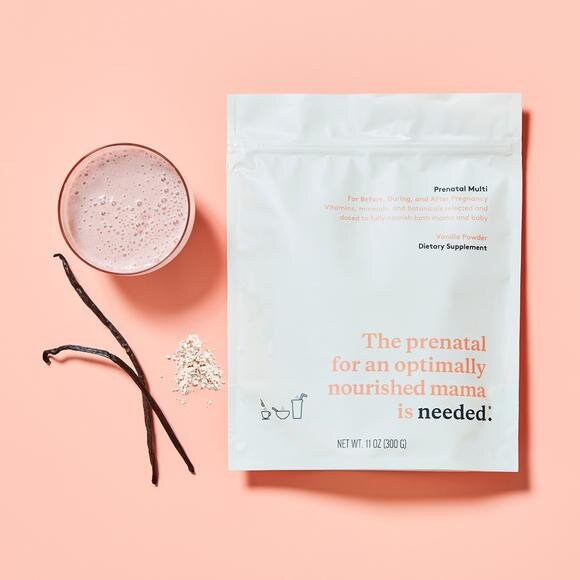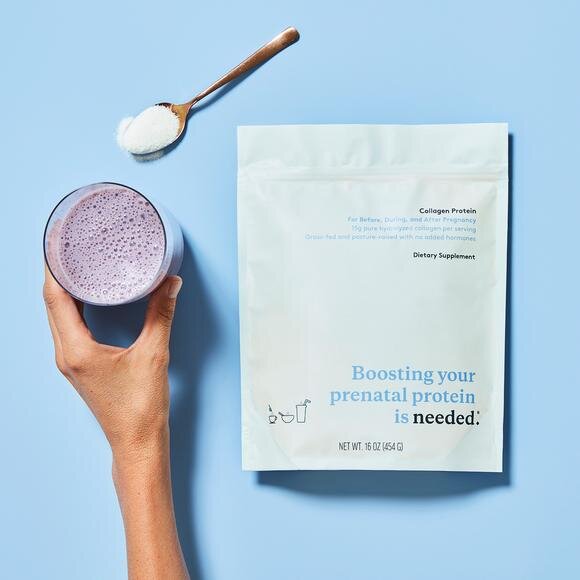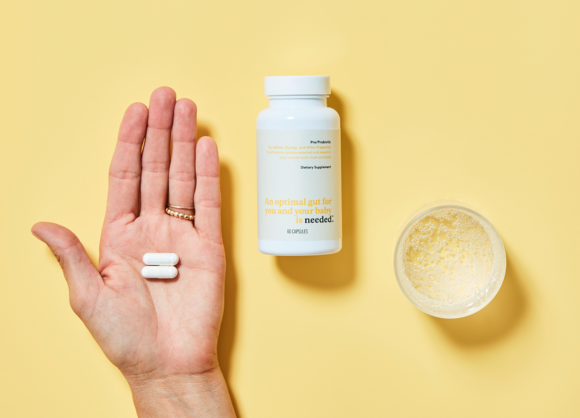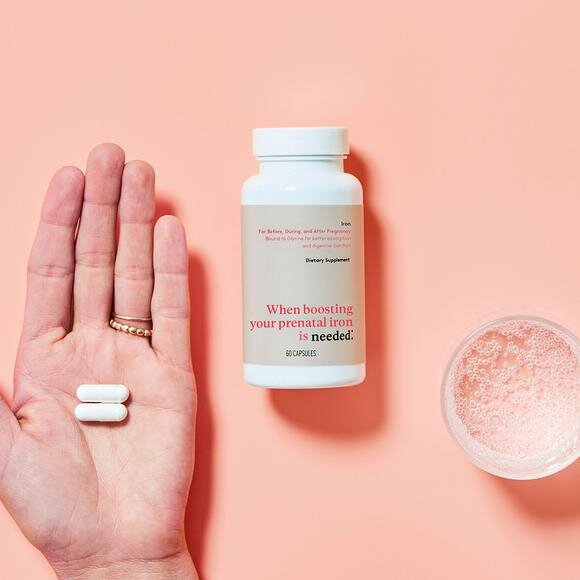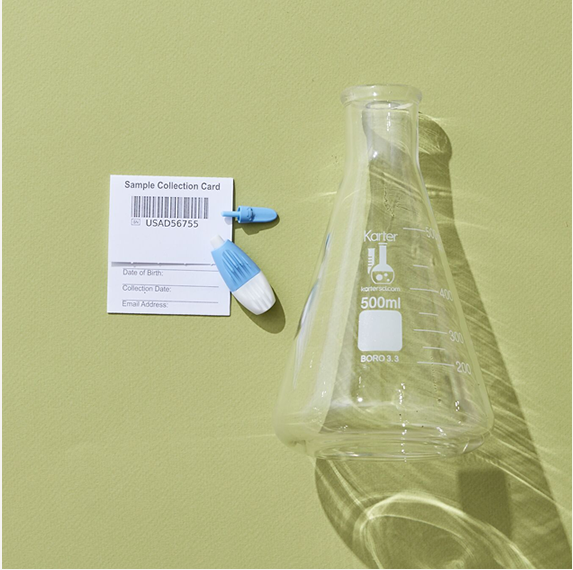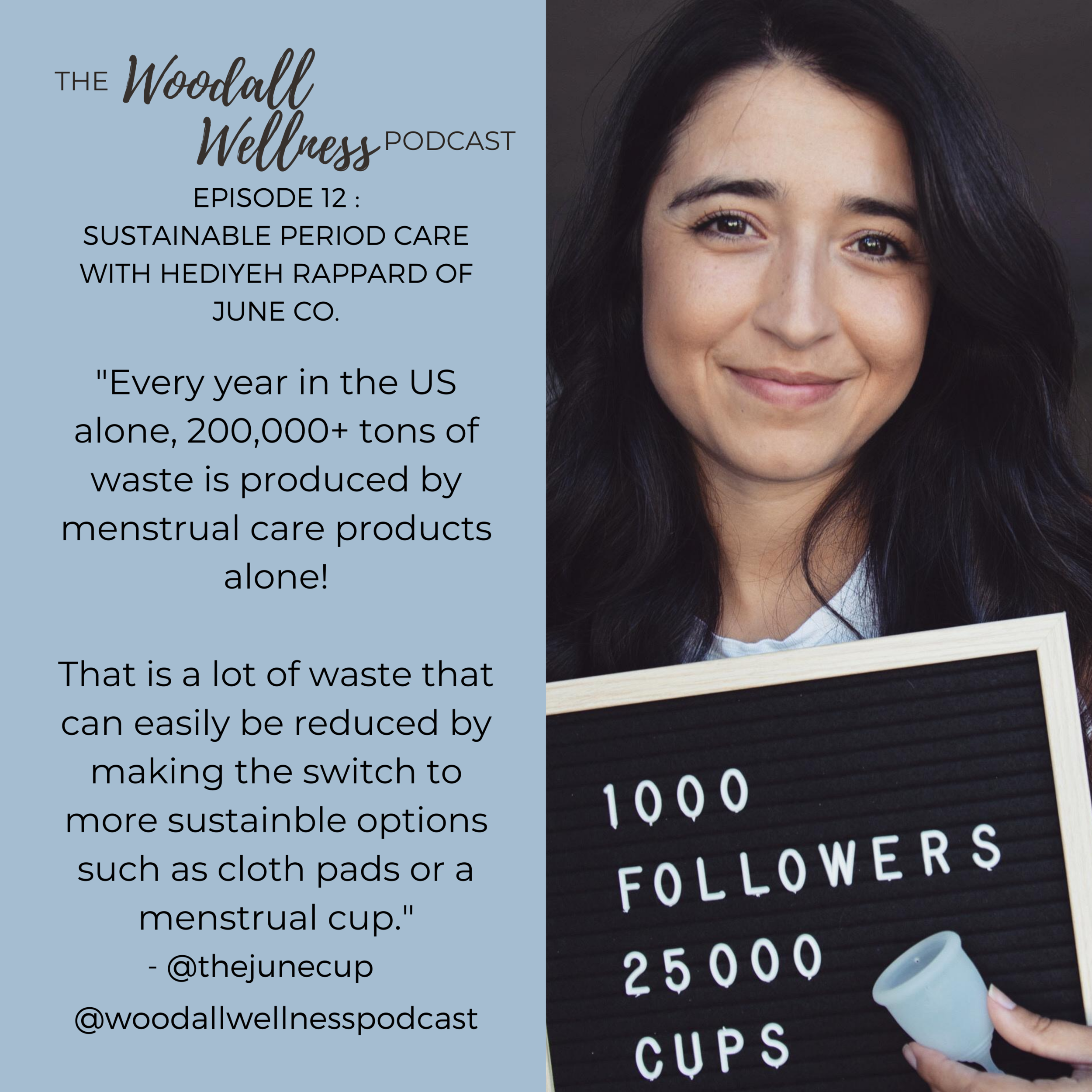Welcome to episode 21 of the Woodall Wellness Podcast! We are so excited to have Dr. Ray McClanahan come on and be a guest on our show!
Dr. McClanahan’s practice, Northwest Foot & Ankle in Portland, Oregon, allows him to care for those who find their highest joy when in motion. In his 18 years as a podiatrist, he has learned that the most common foot problems can be easily corrected by restoring natural foot function. I first found out about Dr. Ray when I was doing a continuing education course. I watched a 2-hour presentation by him and it blew me away! I’ve definitely gone in and out of the natural foot health movement, but after hearing Dr. Ray speak, I knew this was something I needed to make a permanent shift towards.
Dr. Ray is the inventor of Correct Toes, silicone toe spacers. His professional goal is to provide quality natural foot health services with an emphasis on sports medicine, preventative and conservative options as well as education on proper footwear. He’s offering free shipping on this product to our listeners who use WOODALLWELLNESS at checkout.
Dr. McClanahan is an active runner and athlete. In 1999, he finished 14th in the U.S. National Men’s Cross-Country Championships and had a near Olympic Trials qualifying 5,000 meter mark of 13:56 in 2000. He then qualified for the World Duathlon Championships in 2001.
Please enjoy this episode and be sure to check out his website correcttoes.com for tons of videos are resources on preventative natural foot health!
Show notes
What does a natural human foot actually look like and how does that change due to environmental or genetic factors?
the widest part of the foot should be at the toes, most people are widest at the ball
foot shape begins to shift beginning at age 3- these subtle changes end up becoming big things over time.
What footwear factors are shaping our feet over time?
tapering of the toe box
heel elevation
toe spring: toe box goes upwards
Video: Look closer at your shoes
Mentor: William Rossy
Common foot problems related to poor footwear and foot-body misalignment: shin splints, hammer toes, weak arch muscles, ball of the foot problems, bunions, crooked toes, neuromas,
Predictably at some point, over time, one foot won’t work anymore. Their body has learned bad positions and bad movement patterns
"A lot of what we see going wrong in peoples bodies is because we’ve changed the shape of our feet.”
Finding your best fit
Pull sock-liner or insole out of shoe. Does your foot go over the edges?
Sock liner test is gold standard for finding what your shoe size is. Clinical research (still to be published) is showing that 10% of people fit their footwear.
Video: Sock liner test
"We can painlessly deform ourselves with our footwear. Children are not saying 'mommy and daddy my feet hurt' because it’s a painless process.”
Building healthy foot health in children
(It’s really exactly the same principles as building healthy foot health for adults)
Anyasreviews- Barefoot Shoes for Kids
What to look for in a shoe: Lightweight, flexible, flat, not a lot of material between the ground and the foot to promote good proprioception.
Shoes are solely for protection: “There’s too much marketing out there leading us to believe that we need a special shoe for every sport. If our feet are strong and aware, all we need is protection.”
When we stimulate our skin by going barefoot, our skin hypertrophies.
Common concern: “I have high arches” or "I need more support”
Arch height is not a predictor of disability
We don’t know if it’s a problem unless we align you and strengthen you first
People with high arches tend to support their own foot better than a person with a weak foot
Sprained ankles, Peroneal tendonopathy, use metatarsal pad to support the high arch
You have support built in if you position your foot the way nature intended
Video: Pronation vs. Overpronation
"The way athletic shoes are built today take away our natural support mechanism, creating the need for an artificial support mechanism and it’s a multi-billion dollar industry."
Csapo research: 2 inch heel vs flat shoe after about a year, MRIs showed 14% shortening of calf muscles and overlapping of achilles fibers.
Phil Hoffman: traveled the world
Haile Gebrselassie
Shortening of posterior calf muscles and shortening and contracting anterior calf muscles- creates muscle imbalances.
What does foot retraining look like? Depends on:
Age
Willing to change shoes
Rehab strategies
Case report: In 16 months, 3.5 year old boy was cured of crooked toes.
Bunions: rather than doing a surgery, I correct their footwear and teach them the bunion stretch, toe extensor stretch
How to start building stronger feet:
Start by engaging your bare feet in your home. Arch muscles get 10% stronger just by going bare foot more often.
“Even if you never touched your feet, never did an exercise but just spread your toes, got a flat shoe and started living your life that way, you’re gonna get healthier!”
Take it slowly- allow time for adaptation
Video: Shape of Strength- balance benefits, bunion reversal benefits, arch height increase benefits, performance benefits
Natural Podiatry Group
"Having a stable foundation and strong arch muscles correlates to health elsewhere in the body”
Barefoot running
Video: Abebe Bikila’s 1960 Olympic marathon victory (running barefoot on Rome’s cobblestone streets)
Some of the best ultra runners in the world don’t run a lot, they walk a lot like the Tarahumara Indians. (with naturally aligned feet)
Born to run: got everyone excited about what you should do but hurt the reputation of the minimal shoe movement because people would switch to barefoot or natural shoes without a transition period and would end up hurting themselves.
The failure wasn’t a failure of the shoe construction. People make foolish mistakes. They don’t understand adaptation and the need to implement new strategies very slowly.
Vibram’s class action lawsuit, charged for making false claims about benefit of minimalist shoes on feet but Now there are at least 7 good studies showing exactly what vibram five fingers said the shoes would do.
The transition phase: it has to be slow.
Michael Sandler- Barefoot running “Don’t go more than 200 yards the first time you go outside barefoot.”
Summary:
We need to get people out of shoes that are making them unhealthy by slowly transitioning in a safe, deliberate and intentional manner, restore natural spacing using Correct Toes and upregulate sensory input by walking barefoot or using toe socks.
Biggest take home message for audience: Use The sock liner test when checking if footwear fits you










